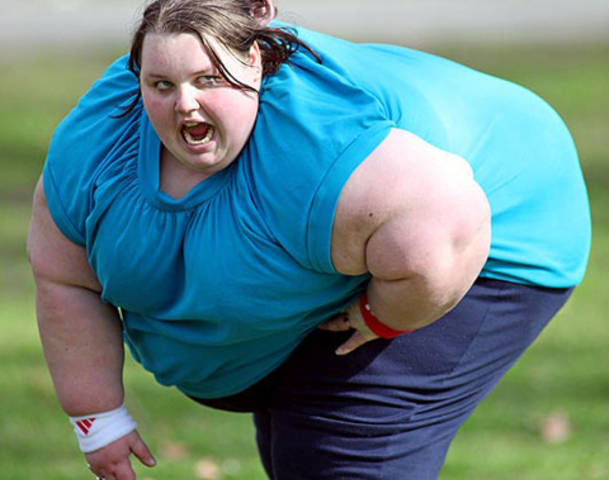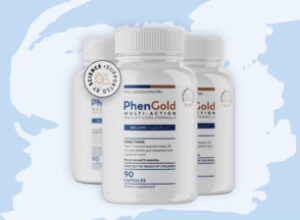There are certain measures that health providers use in order to determine a person’s condition for obesity. Aside from the BMI obesity calculator, the waist circumference measure is also another obesity chart determinant used to compute one’s chances of being obese and also assessing the risk of developing diabetes, heart disease, and the other health problems related with obesity.
The exact percentage of body fat that a person has is difficult to achieve, but approximations can be made through the combination of a number of obesity chart measurements.
First, using a caliper, a tweezer-like tool used to measure the thickness of skin folds on different parts of the body and then compared with standardized measurements.
Small devices that send a harmless electrical current through the body and measures body fat percentage are also sometimes used.
The most commonly used obesity chart though is the Body Mass Index (BMI) determinant. A person with a BMI over 30 is considered to be obese, and a BMI over 50 is considered to be morbidly obese.
Nonetheless, the BMI could be misleading as its criterion may not always be applicable or accurate for pregnant or lactating women, muscular individuals, and Asians, Hispanics, Latino, or Africans (their adjusted their BMI results define overweight if it is above 23 and obese if above 27).
Because BMI does not show the difference between fat and muscle, it does not always accurately predict when weight could lead to health problems associated with obesity. For example, a body-builder may have a BMI over 30, but he may still be healthy and have little risk of developing diabetes or having a heart attack.
BMI also may not accurately reflect fatness in people who are too short (less than 5 feet) and also in older people, who only normally tend to lose muscle mass as they age. Very muscular people would fall into the ‘overweight’ category when they are actually healthy and fit.
The elderly would also be in the ‘healthy/normal weight’ category in their BMI when they actually have reduced nutritional reserves.
Still, as the BMI provides useful excess weight estimates, the waist circumference obesity chart locates a person’s body fat distribution which also determines the risks in his health. Basically, if a person carries fats mainly around the waist, then he is more likely to develop health problems, than if his fats lie mainly in the hips and thighs.
This chart also standardize that women with waist measurements more than 35-inches, or men with waist measurements more than 40-inches may have higher disease risks than people with smaller waist measurements. This is true even if the BMI falls within the normal range.
Therefore further evaluation of a patient should be performed to determine his weight/fats status and associated health risks.
Although BMI is a reliable way for most people to tell if their weight is putting their health at risk, using a number of obesity chart determiners would undoubtedly allow for closer comparisons and hopefully better estimations.







